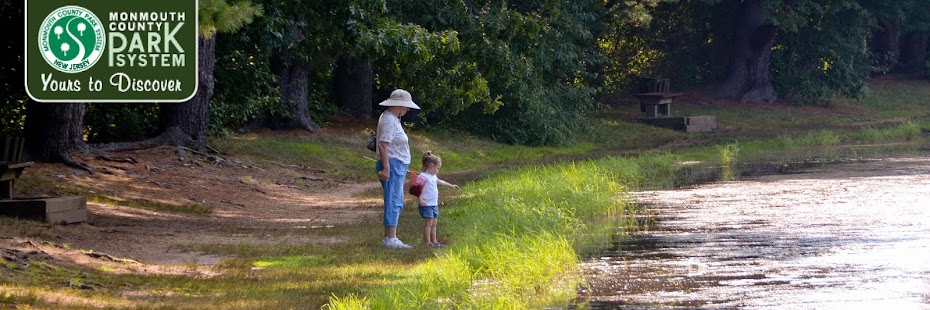 |
| Photo by Dennis Ruffe |
Our first records of eagles at the reservoir began in early 2000. A male eagle arrived with a silver federal band on his left leg, followed by a female that summer; they formed a pair. Males and females look exactly the same, except females are larger. This size difference can only be seen when the pair are side by side. Often when a new pair forms, their first year they will build a practice nest that does not produce eaglets. It was not until February 2002 that the pair produced their first successful clutch of eggs resulting in two eaglets. From 2002-2004, this duo successfully raised a total of seven offspring.
Tragedy struck the pair in February 2005. She laid two eggs but died egg bound (the third egg was inside her). Although it is true that eagles mate for life, if something happens to one, the surviving eagle will find another. This male did not stay alone for long. Around the same time, a new female was seen in the area. The original male and new female quickly formed a pair.
This new female was young, between four and five years old. We knew her age because she still had darker immature feathers mixed in her signature white head a tail. She bore two bands: one silver and one green. The silver is from the federal government, the green from New Jersey. The identifying numbers “A85” on the green band were captured in 2011 through an expert photograph, a number that traced her back to a nest in Galloway Township where she was banded in May 2001.
Two-thousand seven was a big year. The pair produced their first eaglet, they fostered an additional eaglet from Maryland, and it was the first time eaglets were banded at the Manasquan Reservoir by New Jersey’s Department of Fish and Wildlife. The Maryland orphan had fallen out of its nest during a nor’easter and broke its leg. By the time it had healed, the parents had abandoned the nest and it needed a new home. It was placed in the nest at the reservoir, which only had one eaglet; both successfully fledged.
Evidence of a new male was discovered by avid eagle photographers. We have pictures of the first male with the silver band through 2007, followed by pictures of another male starting in 2009 with no leg band. There is a gap in our photo history. Sometime in 2008 a new male paired with the female. We do not know what happened to the first male.
Fifteen more eagles hatched between 2008 and 2014. During that period, the nest was blown down three times due to strong winds and hurricanes. In 2009, the nest was dismantled soon after the young birds had fledged. Their parents continued to take care of them. Later hurricanes – Irene in August 2011 and Sandy in October 2012 – took down the nest. However, in each situation the eaglets had grown and left the area. Each event the adults rebuilt their nest in time for the next season.
During 2015 the eagles moved off property. They incubated but the nest failed with no eaglets produced. Even with the move, the Manasquan Reservoir was their territory.
We have been delighted to see them return to nest on the shores of the Manasquan Reservoir this year. The nest is on a man-made nest constructed by the NJ Department of Fish and Wildlife in 2012, just days before Hurricane Sandy because the existing nest was supported primarily by a dead limb. It was considered a 50/50 chance they would accept the constructed nest. For three years they did not touch the construction nest and built in different trees. Finally they decided to use it this year. Incubation began in early February.
Sadly, on March 4 the eagles abandoned their eggs after 28 days of incubation. Possible reasons for this are: egg predation (which could be by a great horned owl, for example) or outside interference (by either humans being too close to the nest or by another adult eagle). We suspect interference by another adult eagle. We have determined that our female is still here, photos taken by Dennis Ruffe on March 11 identify her by the leg bands. We have yet to positively identify if the same male is still here.
For more information on our resident bald eagles, please visit the Manasquan Reservoir Environmental Center on Georgia Tavern Road in Howell. Please do not approach the nest; a nest can fail with disturbance, including people trying to get too close.
